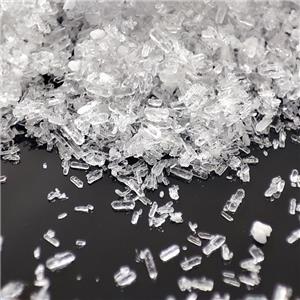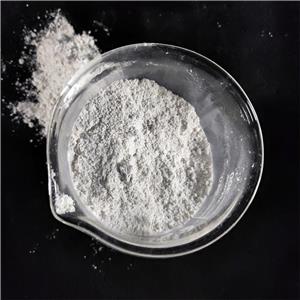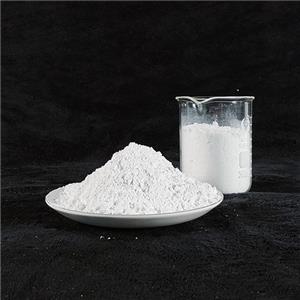What is the most commonly used fire retardant?
The use of fire-retardant materials has become increasingly important in the production of modern buildings, furniture, electronic products and transportation vehicles. The losses caused by fires are huge, so various types of fire protection materials and technologies have emerged to slow the spread of fires and reduce injuries and property losses. Among these materials, the most common fire retardants include phosphorus-based, halogen-based, nitrogen-based and halogen-free flame retardants. Among them, phosphorus-based flame retardants are considered to be one of the most commonly used fire retardant materials at present, and they are widely used in many industries.
Application of phosphorus-based fire retardants
Phosphorus-based fire retardants are one of the most common fire retardant materials at present. Their flame retardant effect is achieved through several mechanisms: first, phosphorus-based flame retardants can decompose at high temperatures and release flame-suppressing gases. These gases can reduce the supply of oxygen, thereby reducing the spread of flames; secondly, phosphorus-based flame retardants can form a carbonized protective film during the combustion process, sealing the surface of the combustible material and limiting the further spread of oxygen and heat; finally, phosphorus-based flame retardants can also reduce the generation of harmful gases during the combustion process and reduce the harm of toxic gases.
Common phosphorus-based flame retardants include triphenyl phosphate (TPP), red phosphorus, diammonium phosphate, melamine, etc. They are widely used in building materials, electronic products, home appliances, furniture, textiles, and automobiles. For example, plastic casings and wires and cables in electronic products usually use phosphorus-based flame retardants to prevent equipment from overheating and causing fires. Flame-retardant coatings in furniture and building materials also often contain phosphorus compounds to increase their fire resistance.
Halogen-based flame retardants
In addition to phosphorus-based flame retardants, halogen flame retardants (including chlorine-containing and bromine-containing compounds) have also been widely used in certain fields. The main working principle of halogen flame retardants is to reduce the propagation speed of flames and the release of heat by releasing chlorine or bromine elements. Halogen elements can react with free radicals in flames, thereby inhibiting the further expansion of flames.
Common halogen flame retardants include decabromodiphenyl ether (Deca-BDE), **tetrabromodiphenyl ether (TBBPA)**, etc. Although halogen flame retardants are effective, many countries and regions have begun to restrict or prohibit the use of certain halogen flame retardants because these chemicals may produce toxic gases (such as chlorine and bromine) during combustion and their potential harm to the environment and human health has gradually been recognized. Therefore, the application of halogen flame retardants in certain fields is strictly regulated.
The rise of halogen-free flame retardants
With the tightening of environmental regulations, halogen-free flame retardants have gradually emerged in the flame retardant market. Halogen-free flame retardants are usually composed of compounds containing nitrogen, silicon, boron and other elements. These materials do not release harmful halogen gases while providing good flame retardant properties, and have good environmental protection and biodegradability.
The advantages of halogen-free flame retardants are their high flame retardant properties and lower environmental load. They are usually used in applications with high environmental requirements, such as electronics, automobiles, aerospace, and home appliances. Common halogen-free flame retardants include nitrogen-based flame retardants (such as melamine compounds), silicon-based flame retardants, and phosphorus-nitrogen co-flame retardants.
Summary
Although phosphorus-based flame retardants are one of the most commonly used fire retardant materials, their applications have covered multiple industries from construction, electronics to furniture. However, with the increasing severity of environmental issues, halogen-free flame retardants may become the mainstream choice in the future. Phosphorus-based, halogen-based and halogen-free flame retardants each have their own advantages and disadvantages. The choice of material should be determined based on the specific application scenario, cost considerations and environmental regulations. With the continuous advancement of technology, we can foresee that future fire retardants will be more efficient, environmentally friendly and have a wider range of applicability.




